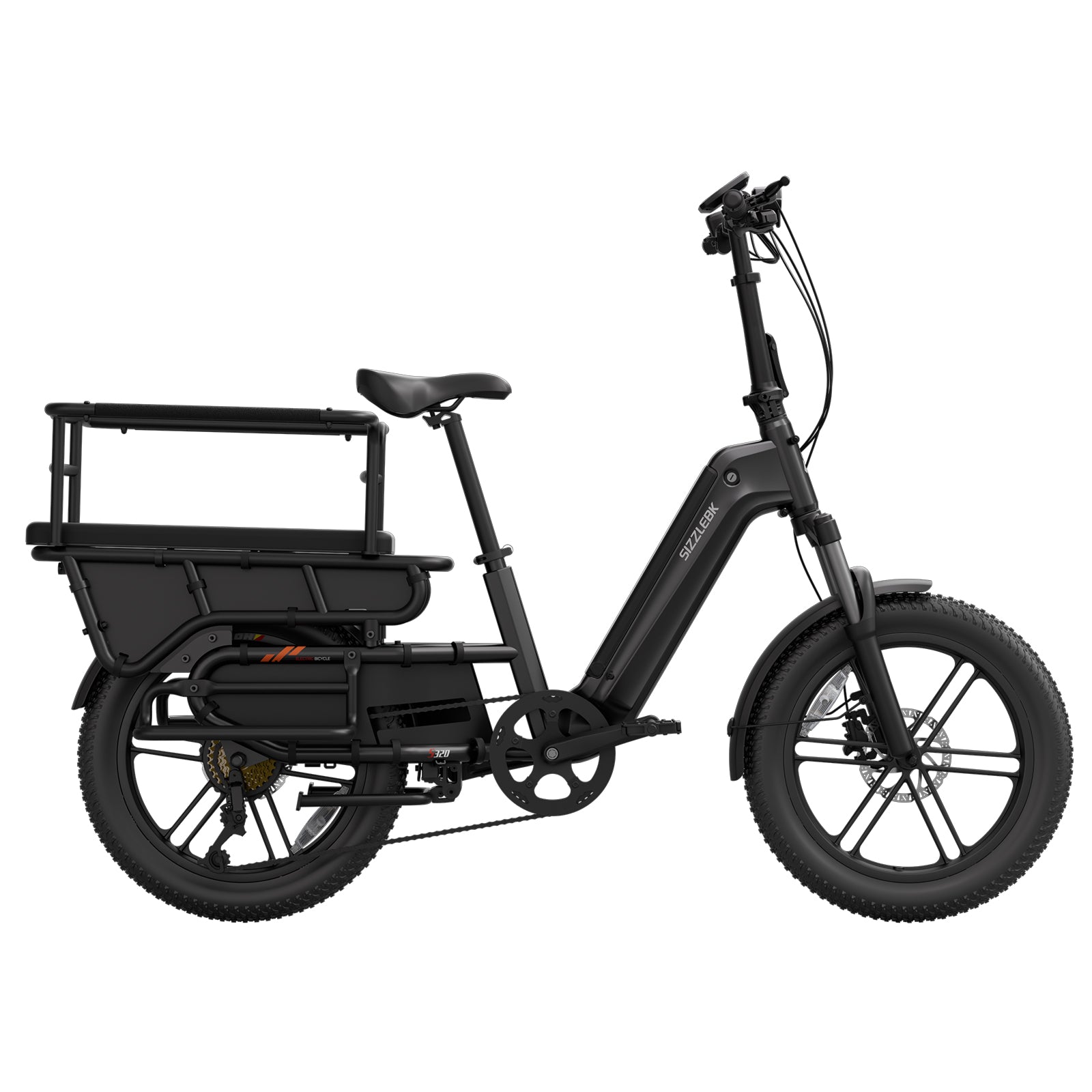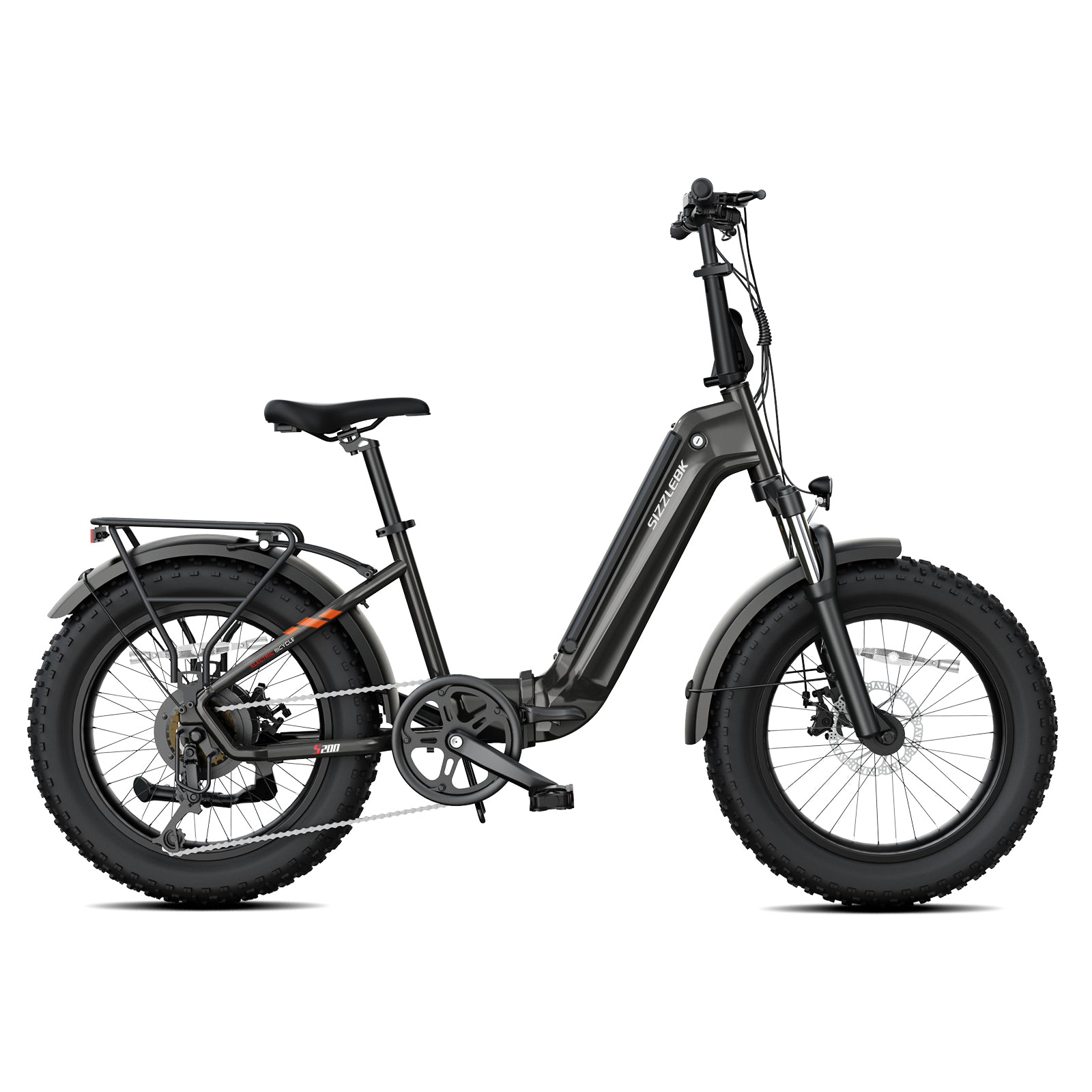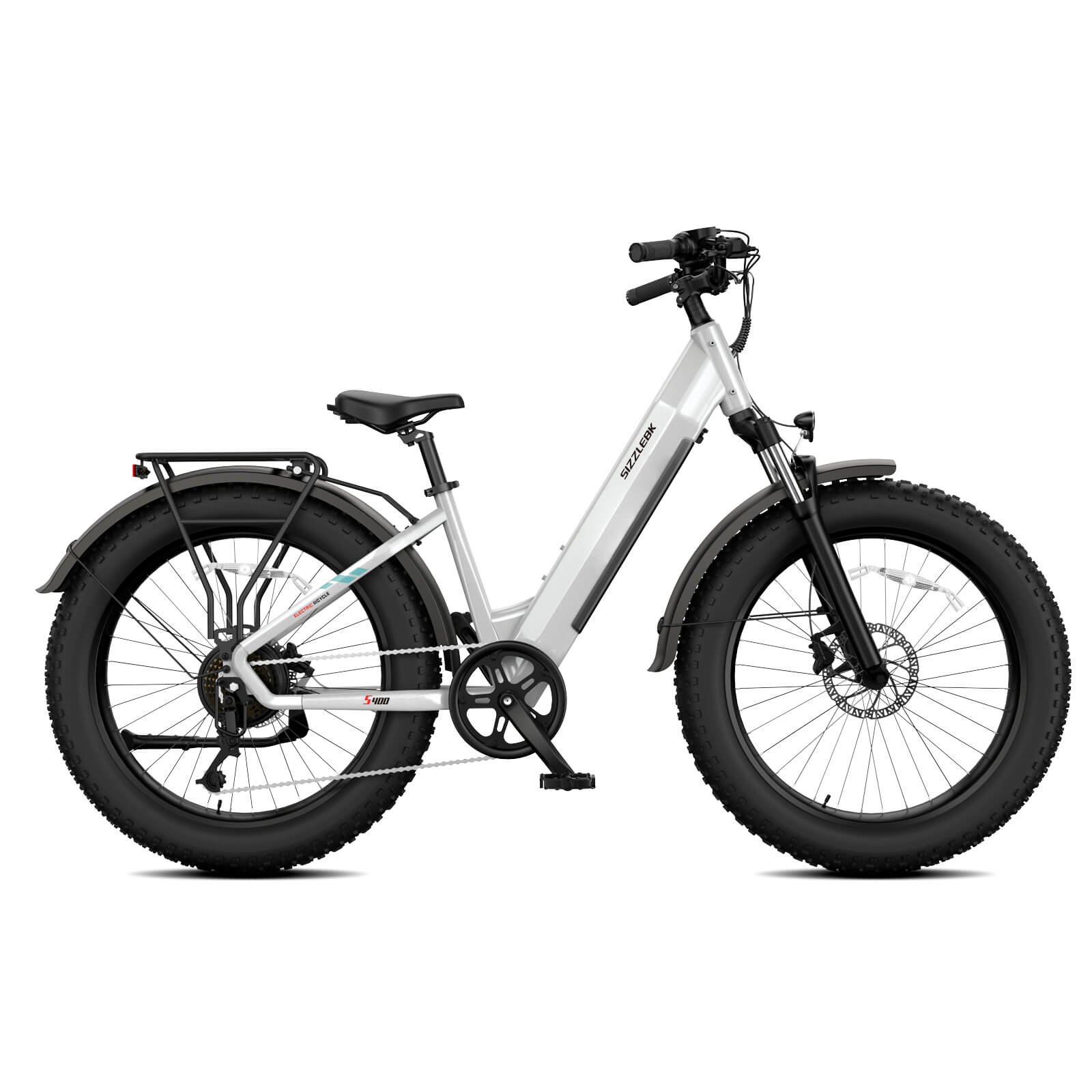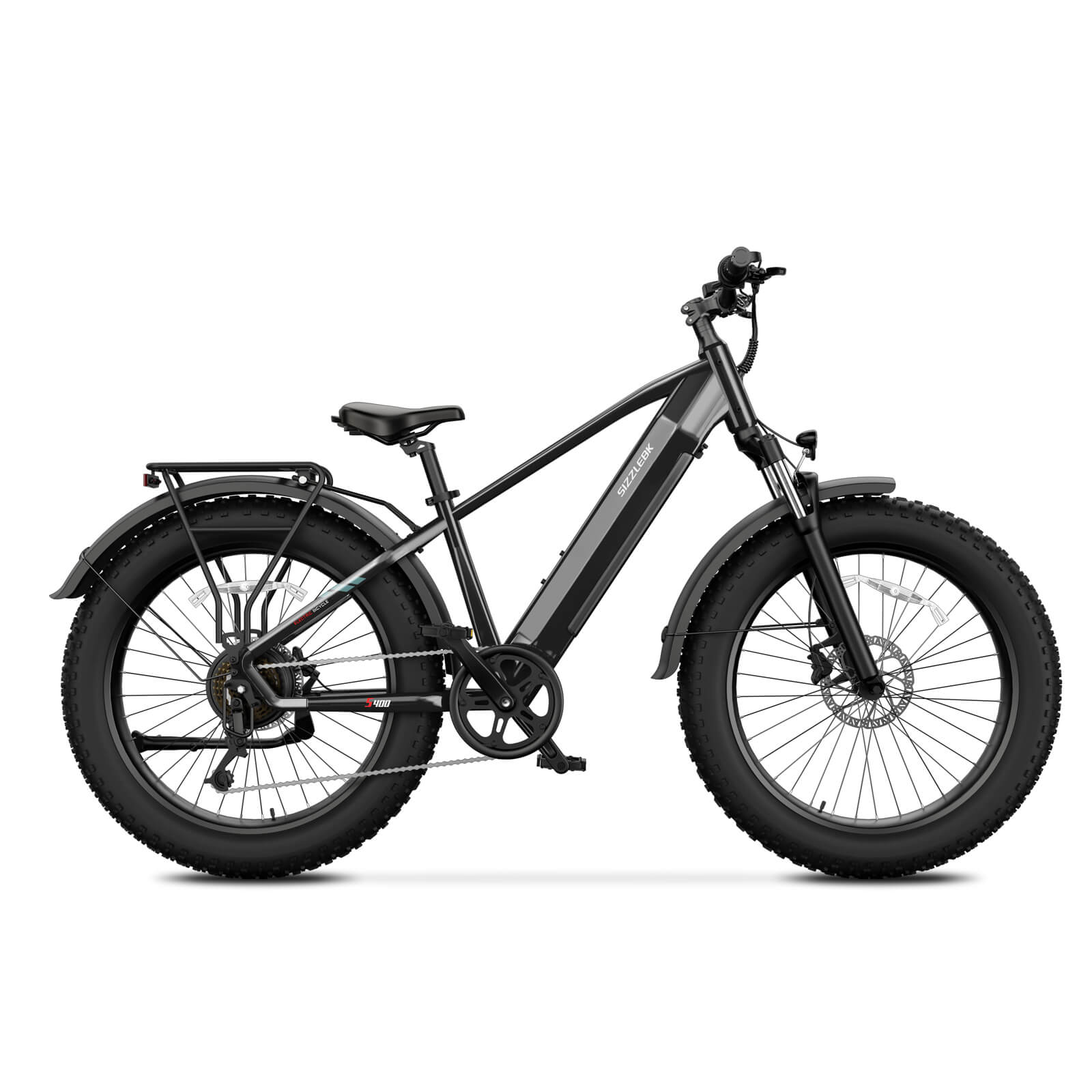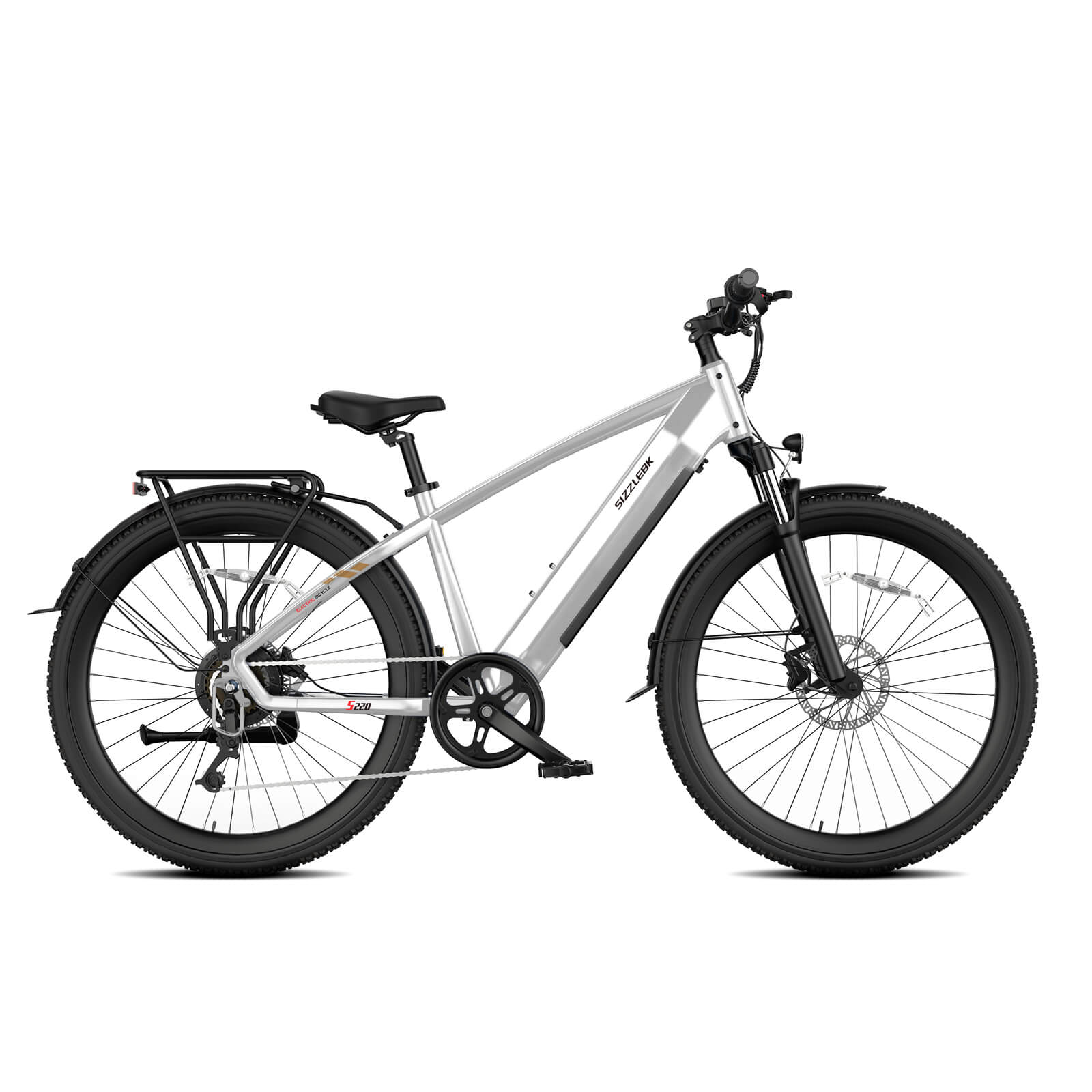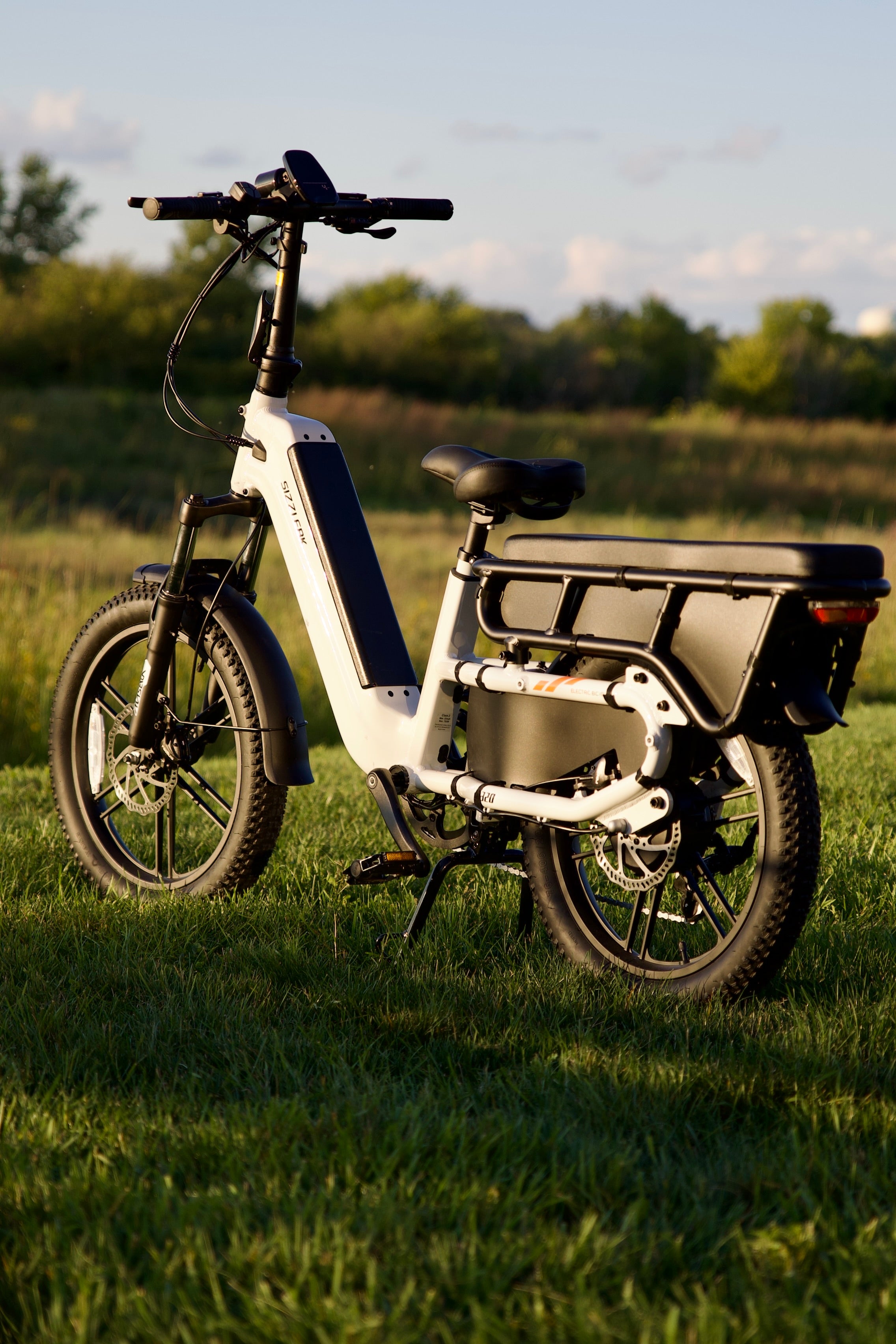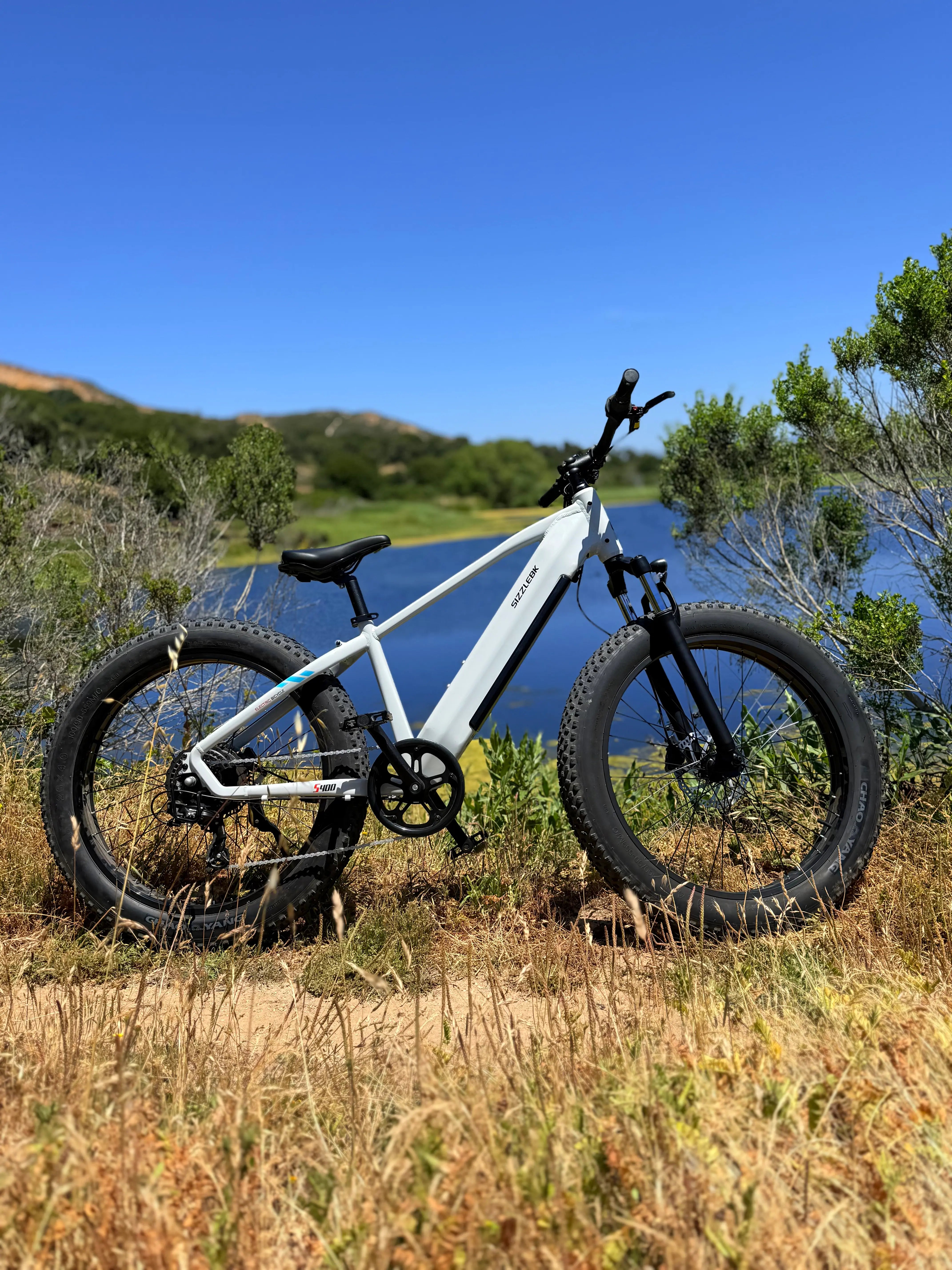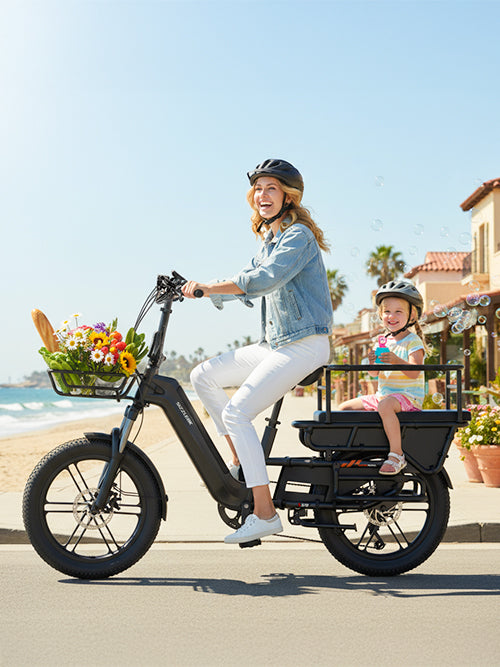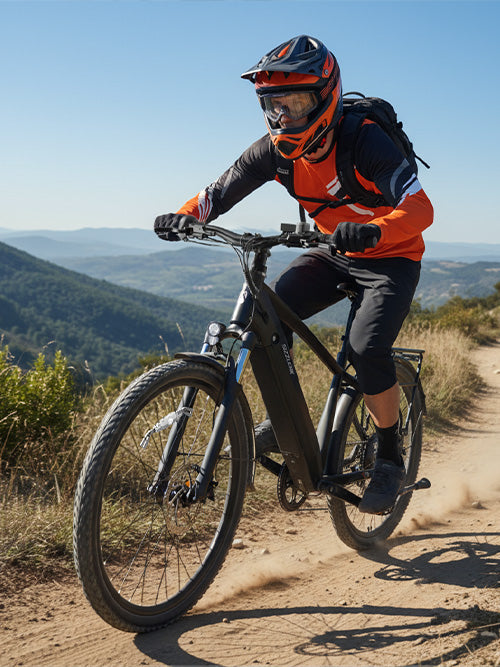Whether you’re planning a weekend cycling getaway, relocating to a new city, commuting to work, or simply heading to the repair shop, transporting your electric bike safely is a priority. Unlike traditional bicycles, e-bikes are bulkier, heavier, and have unique design elements such as batteries, motors, and thicker frames. Without proper care, moving them can result in scratches, battery damage, or even costly structural issues.
This comprehensive guide explores everything you need to know about moving an e-bike without hassle. We’ll review the most common transportation methods, their pros and cons, practical safety tips, and why Sizzlebk folding electric bikes offer one of the easiest alternatives for riders who value convenience.
Why Transporting an Electric Bike Is More Complex
Moving an e-bike is not the same as loading a traditional bike onto your car. Here’s why:
Weight Challenges
Most e-bikes weigh between 20–30 kg (44–66 lbs), significantly heavier than standard bicycles. This makes them difficult to lift overhead or secure on lightweight racks.
Frame Size and Shape
With the addition of integrated batteries and motors, e-bike frames are larger and sturdier. Unfortunately, this makes them less compatible with older racks designed for thinner frames.
Unusual Tire Dimensions
Fat tire and off-road e-bikes often feature oversized wheels. Standard carriers may not accommodate these, creating stability issues.
Added Width in Multi-Bike Scenarios
Transporting two or more e-bikes increases overall width, sometimes beyond what conventional carriers can safely support.
Battery Concerns
Improper transport can jostle or damage the battery. Since the battery is the most expensive component of an e-bike, mishandling it can lead to costly replacements.
These unique challenges require bike owners to choose smarter solutions to avoid unnecessary wear and tear.
Methods for Transporting Electric Bikes
There are several ways to carry your e-bike by car, each with benefits and drawbacks. Let’s examine them in detail.
Roof-Mounted Carriers: Not the Best Fit
Why Riders Consider Them:
Roof racks are popular with cyclists who want to leave their trunk accessible. They also keep bikes away from road debris and exhaust fumes.
Drawbacks for E-Bikes:
Raised Center of Gravity: Adding a 25–30 kg bike to the roof can affect your vehicle’s balance, reducing control, especially on sharp turns or in high winds.
Physical Strain: Lifting such heavy bikes overhead can be unsafe. One slip may damage both your car and your bike.
Compatibility Limitations: Few roof carriers are designed for e-bike dimensions, meaning you’ll have fewer reliable options.
Verdict: While suitable for lightweight road bikes, roof-mounted racks are impractical and potentially dangerous for e-bikes.
Rear-Mounted Carriers: A Convenient but Temporary Solution
Why Riders Use Them:
Rear-mounted racks are affordable, widely available, and quick to install. They also don’t require special car fittings like tow hitches.
Benefits:
Easy Access: Bikes are secured at waist height, making loading simpler than roof racks.
Budget-Friendly: A cost-effective solution for occasional trips.
Disadvantages:
Vehicle Strain: Heavy e-bikes can put stress on trunk hinges, especially on bumpy roads.
Fuel Efficiency Issues: Adding weight to the rear increases drag, raising fuel consumption by up to 44% at highway speeds.
Limited Durability: Frequent long-distance trips may wear out the rack or cause damage to your vehicle.
Best For: Occasional use or short trips where convenience outweighs efficiency.
Towbar-Mounted Carriers: The Best Overall Choice
Why They’re Recommended:
Towbar racks are designed for heavy-duty use and can handle the weight and size of modern e-bikes.
Advantages:
Safe and Secure: A low center of gravity keeps bikes stable on highways and rough roads.
Effortless Loading: Many towbar racks feature slide-on systems that allow riders to roll the bike into place.
Wide Compatibility: Extra-wide wheel trays and reinforced straps accommodate fat tires and thick frames.
Multi-Bike Capability: Ideal for families or groups, some models hold up to 4 e-bikes.
Durable Construction: Specifically engineered for heavy loads, reducing the risk of rack failure.
Verdict: If you transport your e-bike frequently or over long distances, towbar-mounted racks are the safest and most convenient option.
Essential Safety Tips for E-Bike Transport
Regardless of the method you choose, following safety best practices will protect both your e-bike and your vehicle.
Remove the Battery Before Transport
Always detach the battery to reduce weight and prevent damage from vibrations.
Cover Sensitive Parts
Use protective covers for the drivetrain, display screen, and other sensitive electronics to avoid exposure to dust, rain, or debris.
Check Rack Weight Limits
Ensure your chosen rack can support the combined weight of your bike(s). Overloading risks both safety and equipment damage.
Use Extra Straps for Stability
Adding secondary straps provides peace of mind, especially for long journeys.
Regularly Inspect Fastenings
Stop periodically during long trips to ensure bolts and straps haven’t loosened.
Drive Mindfully
With extra weight attached, accelerate slowly, avoid sudden turns, and watch clearance when parking or entering garages.
Alternative Solution: Folding Electric Bikes
For many riders, the simplest solution is to eliminate racks altogether by choosing a folding electric bike. This compact design offers maximum flexibility.
Why Choose Sizzlebk Folding E-Bikes
Advantages:
Compact Storage: Bikes like the Sizzlebk folding ebike to fit into car trunks, closets, or under desks.
Travel-Friendly: Easy to carry on trains, buses, or ferries without additional equipment.
Lightweight: Easier to lift and transport compared to full-sized e-bikes.
Versatile Performance: Different models meet the needs of urban riders, long-distance travelers, and off-road explorers.
Frequently Asked Questions (FAQs)
1. Can I carry my e-bike inside an SUV or van?
Yes, if your vehicle is spacious enough, placing the bike inside is often the safest choice. Always remove the battery first and secure the bike to prevent it from shifting.
2. Do I need to remove the battery when transporting my bike?
It’s highly recommended. Removing the battery reduces weight, minimizes risk of damage, and makes handling easier.
3. Are there legal restrictions on transporting e-bikes?
Generally, no. However, if the bike obscures your license plate or tail lights, you may need additional lighting or plate attachments.
4. Can e-bikes be taken on planes?
Most airlines prohibit e-bike batteries due to lithium-ion restrictions. If flying, consider shipping the battery separately through specialized services.
5. Do folding e-bikes perform as well as traditional models?
Yes. Modern folding e-bikes like those from Sizzlebk offer powerful motors, long battery life, and robust designs that rival standard models.
Conclusion: Choosing the Best Transport Method
Transporting an electric bike requires planning and the right equipment. Roof racks are unsuitable for e-bikes, while rear-mounted racks offer convenience but come with limitations. Towbar-mounted racks remain the best choice for frequent riders thanks to their safety, stability, and durability.
For those who want an easier solution, Sizzlebk folding e-bikes eliminate the need for racks entirely. They’re compact, versatile, and built for modern lifestyles, making them the ultimate option for riders who value both performance and portability.
